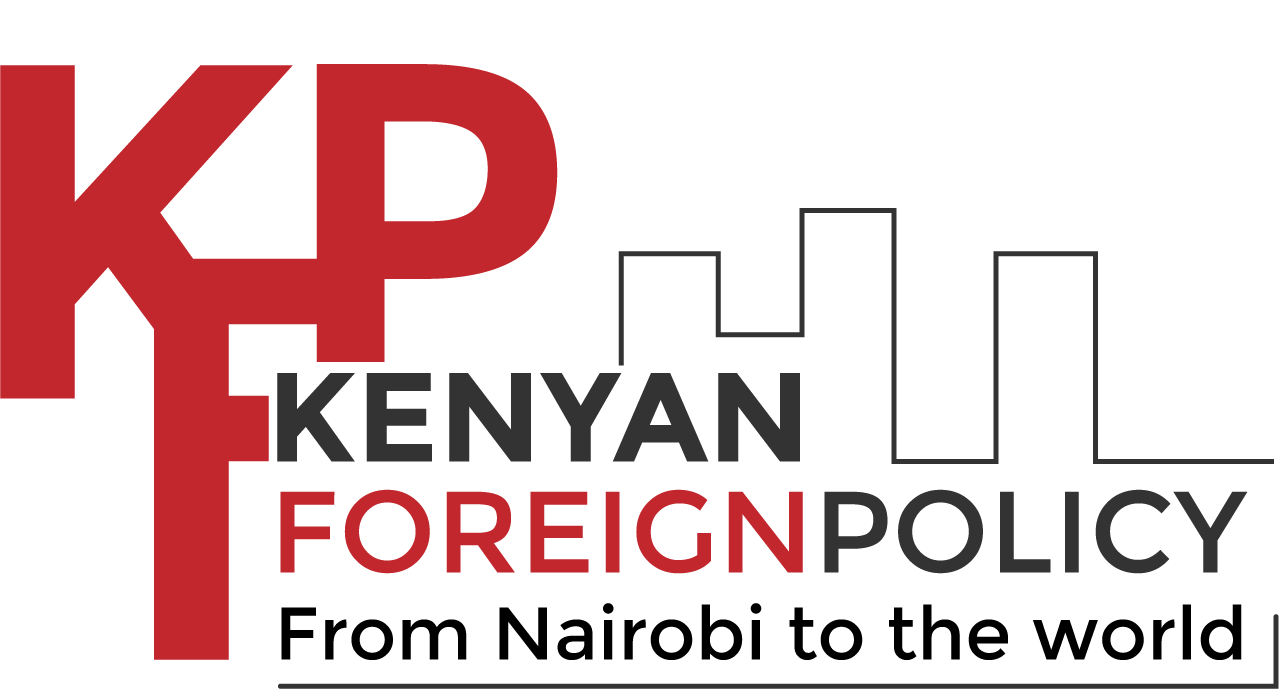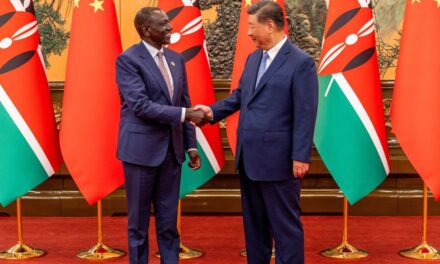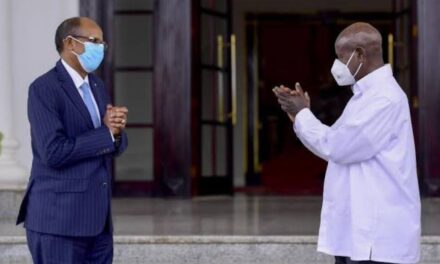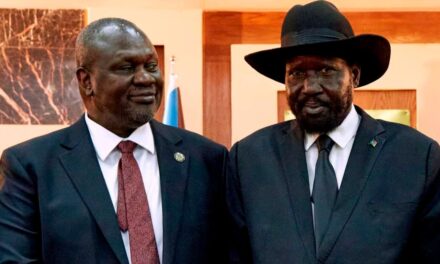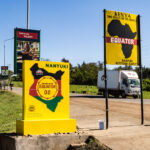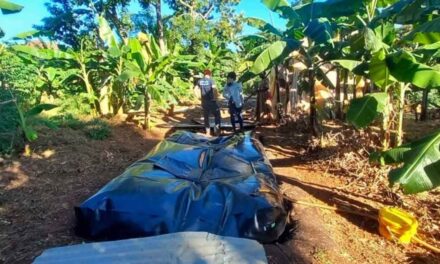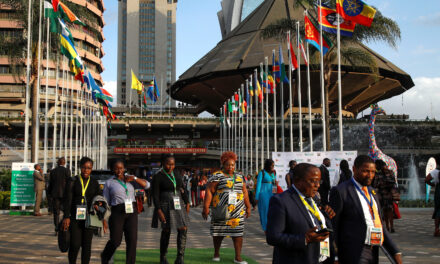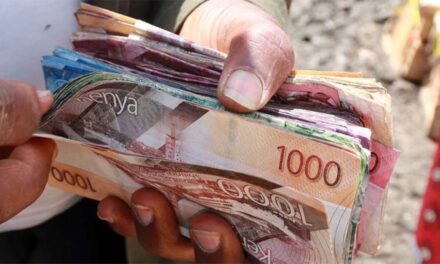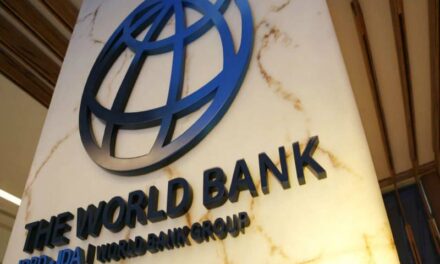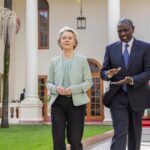

Kenya to Receive Sh1.3 Billion in Green Funding from AfDB
By James Kinyua
| August 21, 2024

SEFA is continuously investing in clean and affordable energy with a US$10 million investment in KawiSafi II Fund © sistema.bio
Kenya is among the Sub-Saharan African countries set to receive a share of the $10 million (Sh1.29 billion) funding from the African Development Bank (AfDB) for green energy initiatives.
This funding, approved this month by the AfDB’s Sustainable Energy Fund for Africa, will be channeled through the KawiSafi II Clean-Energy Fund, managed by KawiSafi Ventures.
Headquartered in Nairobi, Kenya, the KawiSafi team focuses on investing in clean and affordable energy solutions.
The objective of this funding is to assist local businesses in the region in developing and expanding climate projects that support vulnerable communities.
KawiSafi II is a $200 million (Sh25.8 billion) venture equity fund established to address investment gaps in energy transition, productivity, mobility, and logistics in Sub-Saharan Africa.
This fund includes a $10 million (Sh1.3 billion) technical assistance facility aimed at maximizing climate impact and ensuring better management of environmental, social, and governance risks.
This initiative follows the KawiSafi Fund I, a $67 million (Sh8.6 billion) off-grid energy fund launched in 2016.
Commenting on the recent approval, Amar Inamdar, Managing Director of KawiSafi Ventures, stated that the AfDB’s investment is crucial for attracting the significant private capital needed to support Africa’s climate innovators.
“As the leading development finance institution on the continent, the Bank’s catalytic commitment will leverage investments into breakthrough African start-ups addressing climate change through renewable energy, clean mobility, and other key sectors crucial to achieving our climate goals,” Inamdar said.
Despite its potential, Kenya faces a significant financing gap in its green transition efforts, which has hampered the contribution of SMEs to the greening process.
A report by the African Centre for Technology Studies (ACTS) indicated that Kenya receives only 21 percent of the climate change funding it should be getting from both domestic and international sources.
“This is amidst increasing global warming effects such as drought and floods,” the report noted.
Joel Onyango, the program lead at ACTS, highlighted the urgency of addressing this issue, stating, “Kenya faces a 79 percent climate change financing gap, and the situation is headed to a worse state if nothing is done to finance adaptation to climate change effects.”
The AfDB has echoed this concern regarding Kenya’s climate action funding.
Speaking at a green transition forum in Nairobi last year, Olufunso Somorin, the regional principal officer at AfDB, emphasized the need for Kenya to enhance its capacity to attract more funding, particularly for adaptation measures.
“The country needs to prioritize adaptation funding more, compared to mitigation funding, to attract additional resources. Currently, only 20 percent goes to adaptation projects while the rest goes to mitigation,” Somorin explained.
Your support empowers us to deliver quality global journalism. Whether big or small, every contribution is valuable to our mission and readers.
